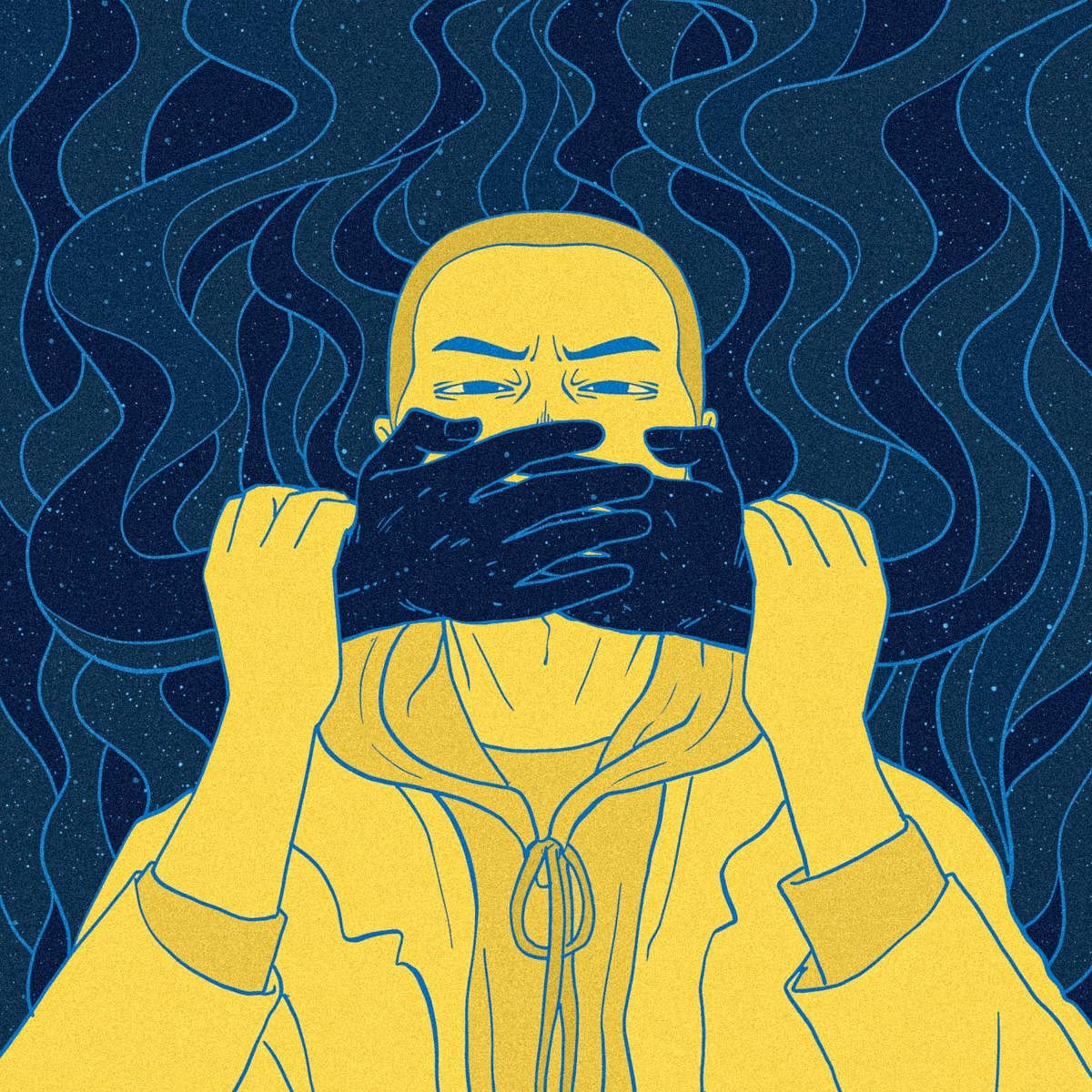
The freedom of speech and expression is guaranteed under Article 19(1)(a) of the Indian Constitution to all citizens. While this freedom can be limited under the Constitutional framework on grounds of decency, morality, security of state etc., it has to be a ‘reasonable restriction.’
The courts have many times stood in defence of the freedom of speech and expression when aggrieved individuals have sought the protection of their fundamental rights. Khusboo succeeded in getting the criminal charges against her for her remarks on pre-marital sex quashed. Anand Patwardhan waged many successful battles against censorship of his thought-provoking documentaries through the courts. More recently, Shreya Singhal, a law student, succeeded in getting Section 66-A of the IT Act which infringed on the freedom of online expression struck down in the Supreme Court. However, the challenging question is what does one do when the person whose freedom of speech and expression is infringed, backs down in the face of threats. This year alone has seen many corporates preferring to back down rather than confront those who seek to shut down their speech.
Fashion designer Sabyasachi Mukherjee’s recent collection showed women models wearing mangalsutra while posing intimately with men. This according to Madhya Pradesh Home Minister Narottam Mishra was “highly objectionable and hurtful.” He issued a 24-hour ultimatum to Sabyasachi to remove the advertisement or face action. Sabyasachi complied.
Dabur withdrew an advertisement showing a same-sex couple celebrating the Hindu festival Karwa Chauth, hours after Mishra warned of legal action against the firm.
BJP MP Anantkumar Hegde objected to an advertisement by tyre manufacturing company CEAT that featured actor Aamir Khan. In the advertisement, Khan can be seen advising a group of people to burst firecrackers inside a housing society, and not on the streets. Hegde in a letter to CEAT CEO claimed the advertisement has “created unrest among Hindus.”
Fabindia withdrew an online advertisement during Diwali after BJP leaders and right-wing Hindu groups objected that the company used the Urdu phrase Jashn-e-Riwaaz, meaning celebration of tradition in connection with the festival. BJP MP Tejaswi Surya called it an “abrahamisation of Hindu festivals” and said that Fabindia must face “economic costs for such deliberate misadventures.”
What is clear is that the intimidatory tweets and public communications by BJP leaders followed by the threat of an online campaign that could affect the economic interests of the company were sufficient for the company to withdraw the ad which was deemed offensive.
What is troubling is that the threats issued to Dabur, Fabindia, Sabyasachi and CEAT were by elected representatives of the people. The constitutional responsibility of those who have sworn ‘true faith and allegiance to the Constitution of India,’ is to protect the right to freedom of speech and expression and not to shut it down.
What runs as a common thread through the objections against these ads is that the objectors seek to promote an exclusionary notion of Indian identity. As far as Anantkumar and Tejasvi Surya are concerned there is no place in the India of their imagination for the presence of Muslims such as Aamir Khan or the Urdu language in the depiction of Indian culture. Neither is there a place for same-sex relationships within Hindu culture nor can Hindu women show anything like sexual desire.
What the Hindu right is attacking is the idea of fraternity and the notion of dignity in the Indian Constitution. Both fraternity and dignity are there in the Preamble as a result of Ambedkar’s advocacy for their inclusion. In Ambedkar’s understanding without fraternity ‘equality and liberty will be no deeper than a coat of paint.’ According to him, ‘Fraternity means a sense of common brotherhood of all Indians’ and ‘it is the principle which gives unity and solidarity to social life.’ As far as ‘dignity’ was concerned, Ambedkar was very clear that you can’t have unity of the nation, unless you guarantee the dignity of the individual. The dignity of the individual includes the right to make a choice about one’s intimate life including the right to love across lines of caste, gender, religion and sexuality. The right to love has been recognised as being an integral part of the right to personal liberty and the right to dignity by the Supreme Court in the Navtej Singh Johar judgement.
The attacks on these ads is not just an attempt to coerce speech into pathways acceptable to the Hindu right but also an attack on an inclusive public culture based on the values of dignity and fraternity. With this sustained and relentless attack on fraternity and dignity — be it on inter-caste, inter-religious love or same-sex love, everyday interactions across lines of religion and caste, as well as any depictions of harmony between communities — the right-wing is proving the prescience of Ambedkar’s warning that, ‘if Hindu Raj does become a fact, it will no doubt, be the greatest calamity for this country.’
(The author is a lawyer & writer based in Bengaluru. He is the co-editor of Law like love: Queer perspectives on law.)